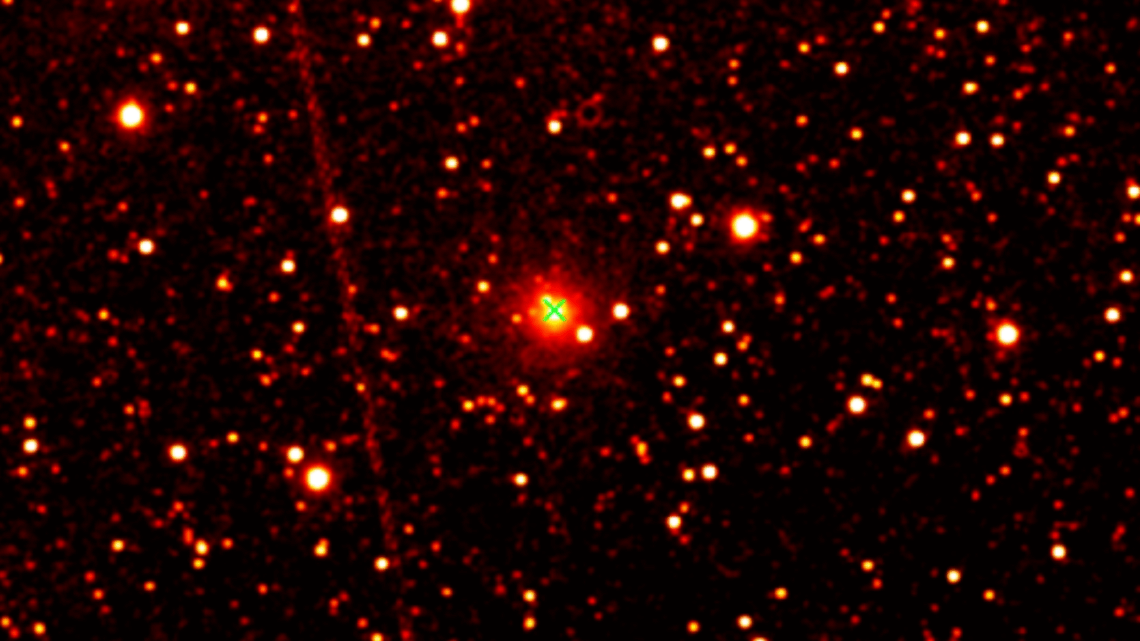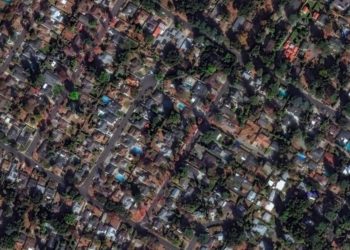There is a quiet tension in the sky above us. A visitor from beyond our solar neighborhood is cutting through space, crossing the Sun’s domain, and forcing humanity to ask: when the cosmos rings the alarm, are we listening?
The object in question, 3I/ATLAS, is an interstellar comet, only the third of its kind ever observed entering our solar system. Its origin lies outside our Sun’s family of planets. Its path, chemistry, and behavior shine a spotlight on the possibility of cosmic-scale surprises, ones that challenge our readiness.
A Visitor From Farther Than We’ve Ever Seen
Discovered on July 1, 2025 by the ATLAS survey telescope, 3I/ATLAS arrived on a hyperbolic trajectory that confirmed its interstellar origins. Its speed, around 60 kilometers per second (roughly 216,000 kilometers per hour) at discovery, put it well beyond typical solar-system bodies. Measurements place its closest approach to Earth at about 1.8 astronomical units (approximately 270 million kilometers) in December 2025, presenting no impact risk.
But the fact that such an object is passing through at all, relatively near Earth in cosmic terms—is enough to register on the planetary-defense radar.
Unusual Behavior That Raises Questions
3I/ATLAS does not behave like most comets. Observations using space telescopes have detected a coma (gas and dust cloud) dominated by carbon dioxide rather than water, a ratio of roughly eight to one, among the highest ever measured in a comet. This composition suggests formation or evolution in an environment very different from that of comets born around our Sun.
Moreover, the comet is already active, releasing gas and dust, while still relatively far from the Sun, where many comets remain inert. While there is no evidence of alien technology, the combination of origin, trajectory, and atypical composition has stirred speculation and wonder.
Are We Truly Prepared?
Planetary-defense systems are built mostly around objects originating from within our solar system, such as asteroids and typical comets whose orbits are predictable. Interstellar objects like 3I/ATLAS fall outside these norms. Its presence challenges assumptions about what might come, from where and how.
Current observations test the limits of our detection systems, showing that interstellar visitors, though rare, can and do enter our neighborhood. Scientists emphasize that even though the comet poses no immediate threat, studying it offers lessons in both preparedness and humility.
The Alarm Bell Without a Siren
No alert sirens are blaring. Scientists are not predicting disaster. But the alarm bell is softly ringing, a reminder of our cosmic vulnerability. Every piece of celestial debris we ignore, every interstellar guest we take for granted, might carry surprises.
3I/ATLAS is currently approaching its closest point to the Sun in late October 2025 and will pass Earth at a safe distance in December. Yet the significance of its presence lies not in immediate danger, but in the reminder that humanity is not the master of all the objects that cross the solar system.
What to Watch Next
- Changes in the comet’s tail and coma as it nears the Sun, including brightness and activity.
- Any unexpected behavior, such as sharp trajectory deviations or unusual emissions.
- Spectroscopic analysis of ices and gases, offering clues about formation in a very different stellar environment.
Every observation is a data point. Every anomaly raises questions about what lies beyond our solar system.
The cosmos is vast and unpredictable. The passage of 3I/ATLAS through our solar system is not a threat this time, but it is a wake-up call. The alarm has rung. Are we listening?
The post Earthbeams? When the Cosmos Rings The Alarm: 3I/ATLAS Is Here appeared first on International Business Times.




